Three things that are good to know before reading the ranking in which Steve Wynn kindly lists, at our request, the eight Dream Syndicate albums. First thing: at 64 years old, Wynn is not a nostalgic type and indeed he is keen to underline the value of the repertoire following the 2012 reunion. He is not trying to sell it, he defends it with enthusiasm, it seems sincere. At the same time, he is a severe critic of the less successful recordings of the time. The second is that he recently published an autobiography which will also be released in Italian with the title in January I wouldn't say it if it weren't truethe tale of the interrupted rise of an extraordinary and extraordinarily dysfunctional band, a group that perhaps didn't give everything it could give, or perhaps it did. The third is that a solo album entitled is linked to the book Make It Right and that we talked about all these things in this interview.
Born in Los Angeles at the beginning of the 80s, in the period in which other bands were also reconnecting to the glorious past of psychedelic rock by adding the energy of punk, the Dream Syndicate were different from all the others, they were a mix of Velvet Underground (the their first holy cards) and post punk, with a ferocious sonic impact, a certain era of lyrics and a thousand other things. They were among the beautiful losers of the 80s. On the contrary, loser up to a certain point, given that they were much loved in the United States and Europe, they opened for friends REM and for U2, they had their moment of popularity and burned.
They made two great albums and two more more or less good ones before breaking up due to bad choices, lack of communication, too much alcohol and perhaps also the short-sighted but normal choice for their age to throw themselves into things headlong, without thinking too much. “It was madness, one turbulence after another, one change after another.” They then got back together with a less dysfunctional and more stable line-up, releasing four more albums that were less ferocious, but full of good things. They did it because, as Wynn says, “we deserved a better ending.”
Here then is their recording history according to the singer, main songwriter, guitarist, soul, leader, as well as a big fan of the charts. “I'm so happy to do one,” he says. Indeed, he would gladly list all his 33 albums, not just those of the band, and gives some news: the Dream Syndicate have reacquired the rights to one of their most famous albums, Medicine Showof which they will release a box set in 2025.
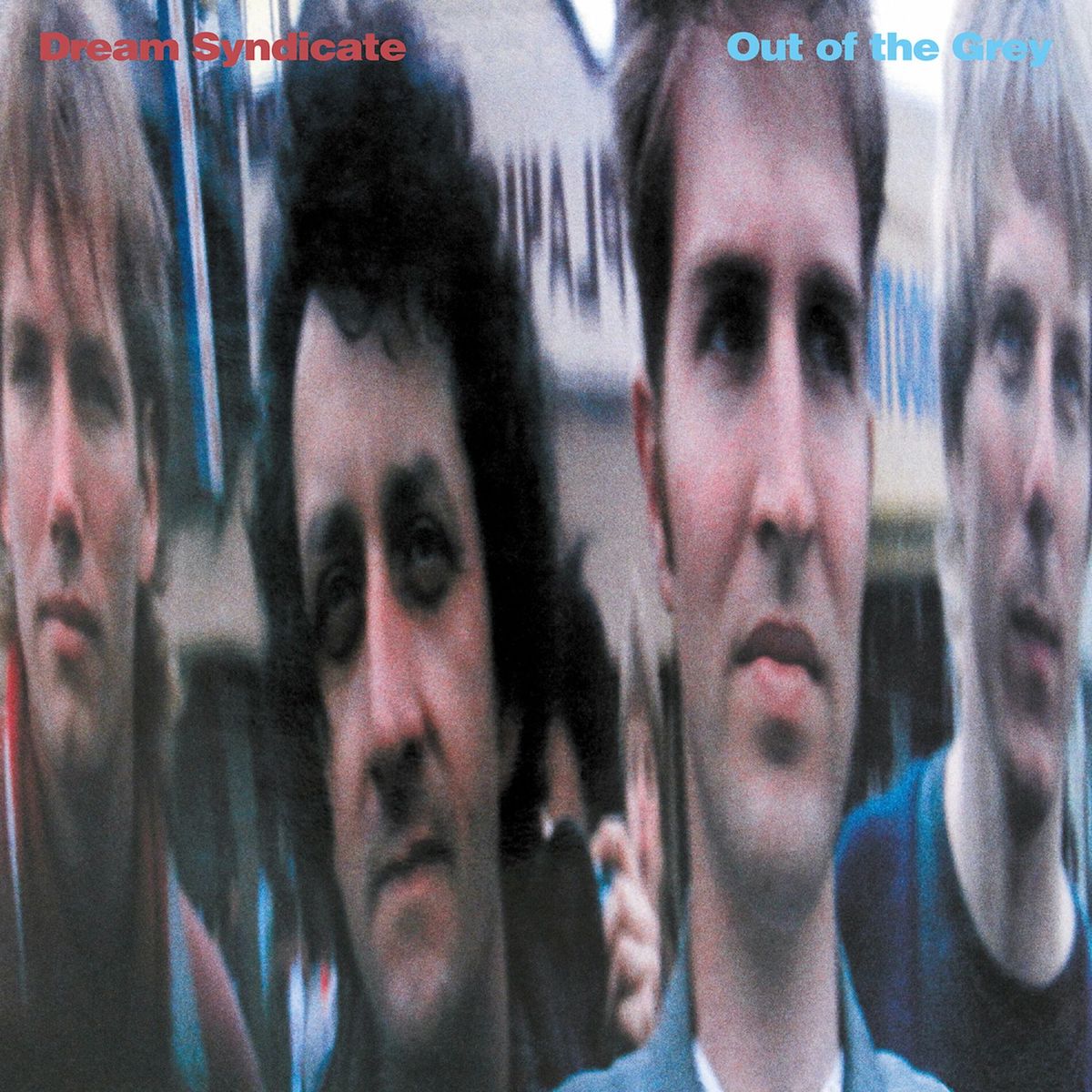
«I've always treated it badly, but now that we've remastered it I like it, just as I like all the other Dream Syndicate albums. Shall we put it as a premise? I like them all.” He likes them all, but this one a little less. Arriving after two notable albums, Out of the Grey is the black sheep of the group's 80s discography. The debut bands The Days of Wine and Roses and of Medicine Show they dissolved, the line-up changed again (guitarist Karl Precoda and bassist Dave Provost out, Paul B. Cutler and Mark Walton in). Live they are phenomenal, as it proves Live at Raji'sin the studio they appear blander and less hungry, more mainstream (so to speak) and less desperate. «At the time it was a great disappointment, perhaps due to the production being so mid-80s». Listened to again today and without making comparisons with the two works that preceded it, it's not bad, also because it contains pieces like Boston or Forest for the Trees. “True,” Wynn agrees. «But we were the band of Live at Raji's. That band should have gone into the studio and made the greatest record in history. And instead…”
Ultraviolet Battle Hymns and True Confessions
2022
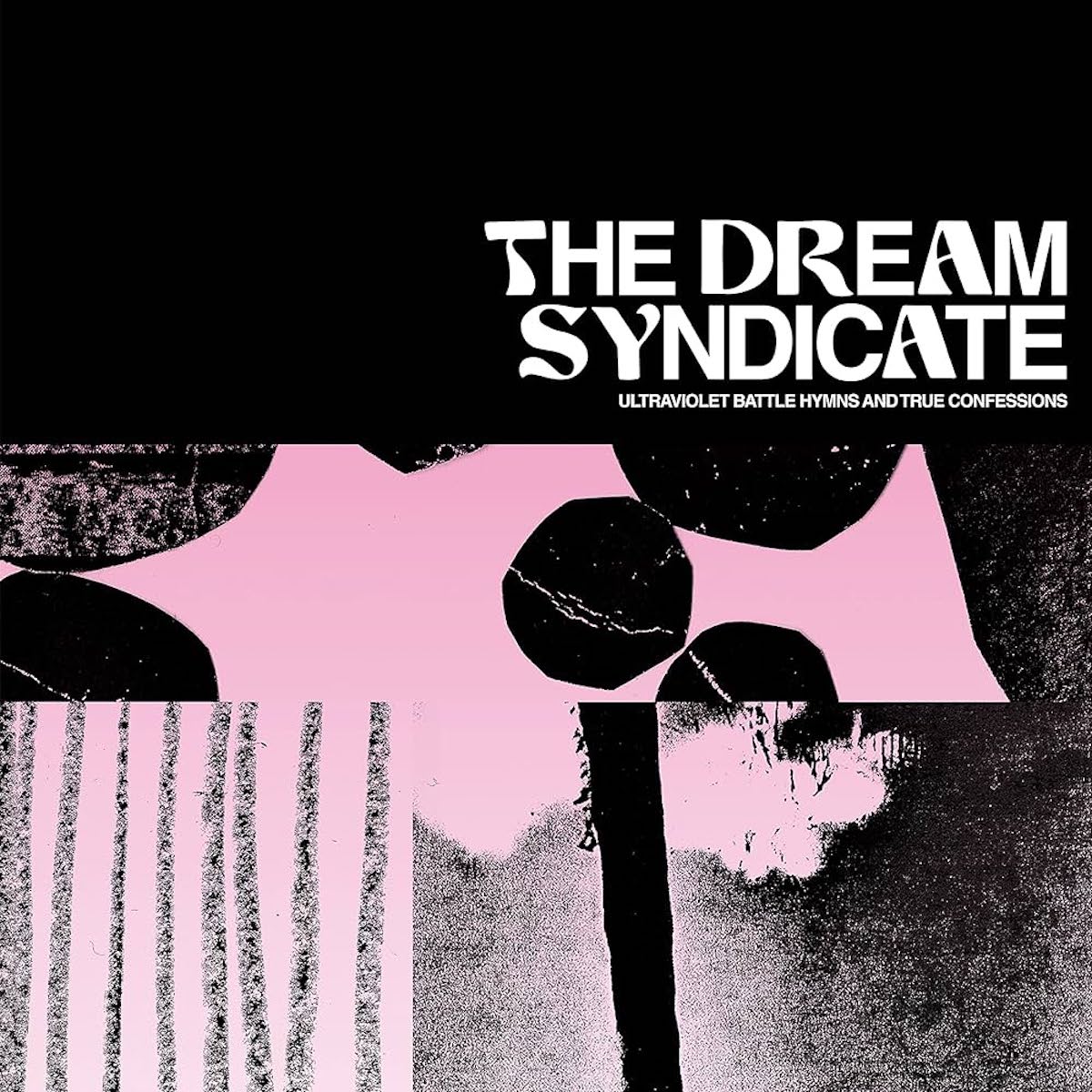
Produced with John Agnello, it is the last album released (at least so far) by the Dream Syndicate, the fourth of their second life. I find it pleasantly soft, without peaks or jolts, and that's not a compliment. «In my opinion it's our easiest listening album», says Wynn, «it has something pop, something accessible. There are albums, and I'm not just talking about mine, which are right from a technical point of view, which are good, where everything goes smoothly. Well, this is one of those.” The other side of the coin: “There's nothing remarkable about it, I know it's terrible for me to say so.” So I'll say it too and I'll go further: it's the weakest album in the Syndicate discography.
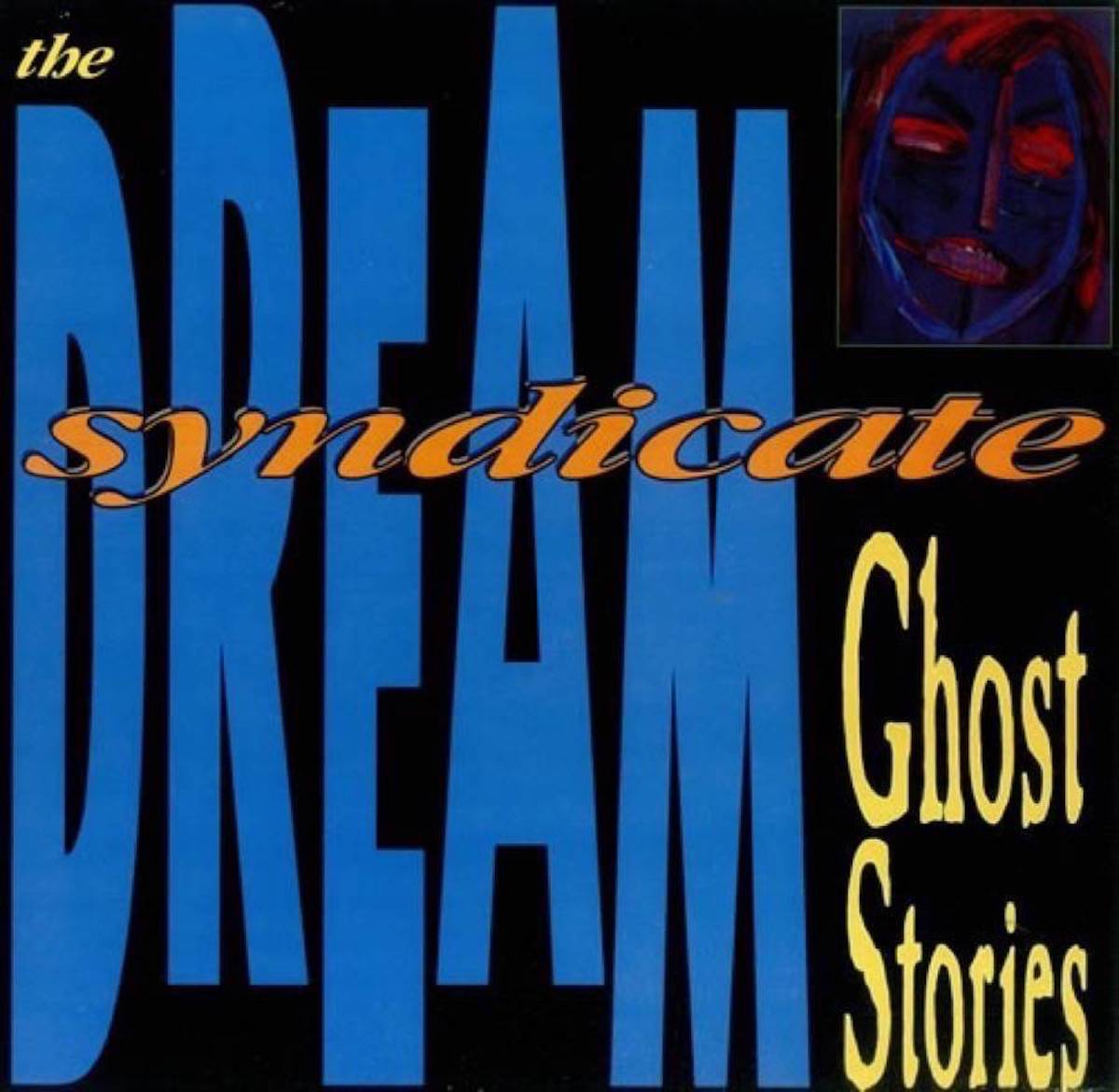
In the last album before the dissolution the sound becomes even more electric and aggressive (produced by Elliot Mazer, see Neil Young), but at the same time there are traces of the rock songwriting of Steve Wynn, who two years later will debut as a soloist with Kerosene Man. “I feel like it's an emotionally tough job,” Wynn says today. «It was certainly painful to live it, write it and record it, but it's exciting to listen to». Very true, so much so that I would have put him in a better position in this ranking, but I raise my hands, Steve decides here.
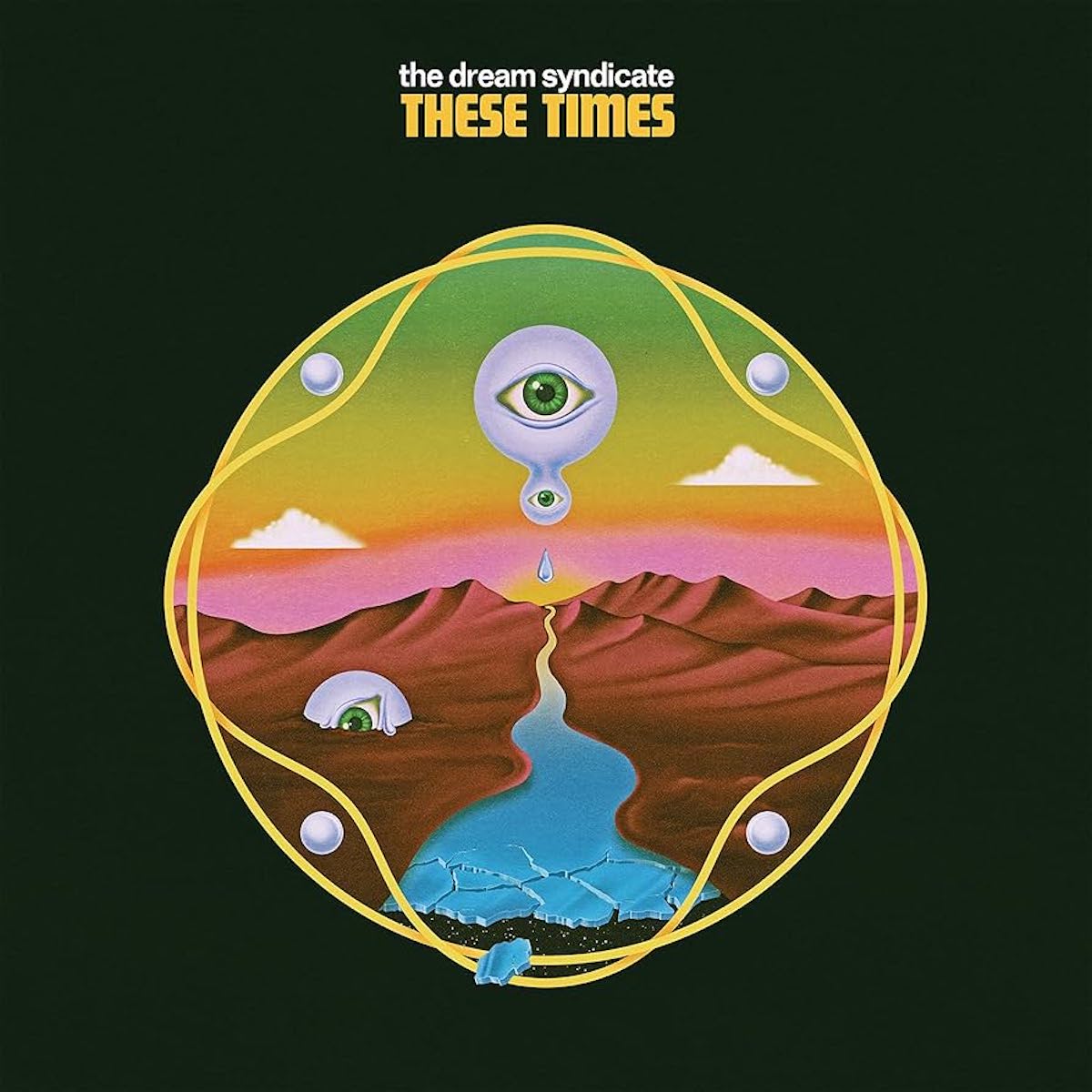
After six months on tour with the classics and songs of How Did I Find Myself Here?the “new” Dream Syndicate gradually move away from the 80s sound to the point of thinking of being a new band “that has the same name and does covers of the one from 30 years earlier”. When they return to the studio they make a record that Wynn still likes because «it's a bit strange, with songs with a volatile mood» which often have repetitive rhythms, almost trance-like, and which try to tell the present, with at least a couple of remaining pieces from the sessions of the first post-reunion album. But it is clear that the enthusiasm of the past is no longer there.
How Did I Find Myself Here?
2017

«We didn't know what would come out, a good record or rubbish. We said to ourselves: let's do it and see what happens.” It is the first album after the reunion, with a different lineup which in addition to Wynn includes the new guitarist Jason Victor, as well as bassist Mark Walton and drummer Dennis Duck already present in the last 80s line-up. On keyboards is my friend Chris Cacavas. Already present in the past, it will become a constant presence in the group's records. It's a distillation of the band's style and Wynn's solo rock records, with the return of his friend Kendra Smith, who he dumped after the first album. The 11 minutes of the title track serve to revive the glories of John Coltrane Stereo Blues. Attention: “How Did I Find Myself Here? It's probably my favorite Dream Syndicate song of all time.”
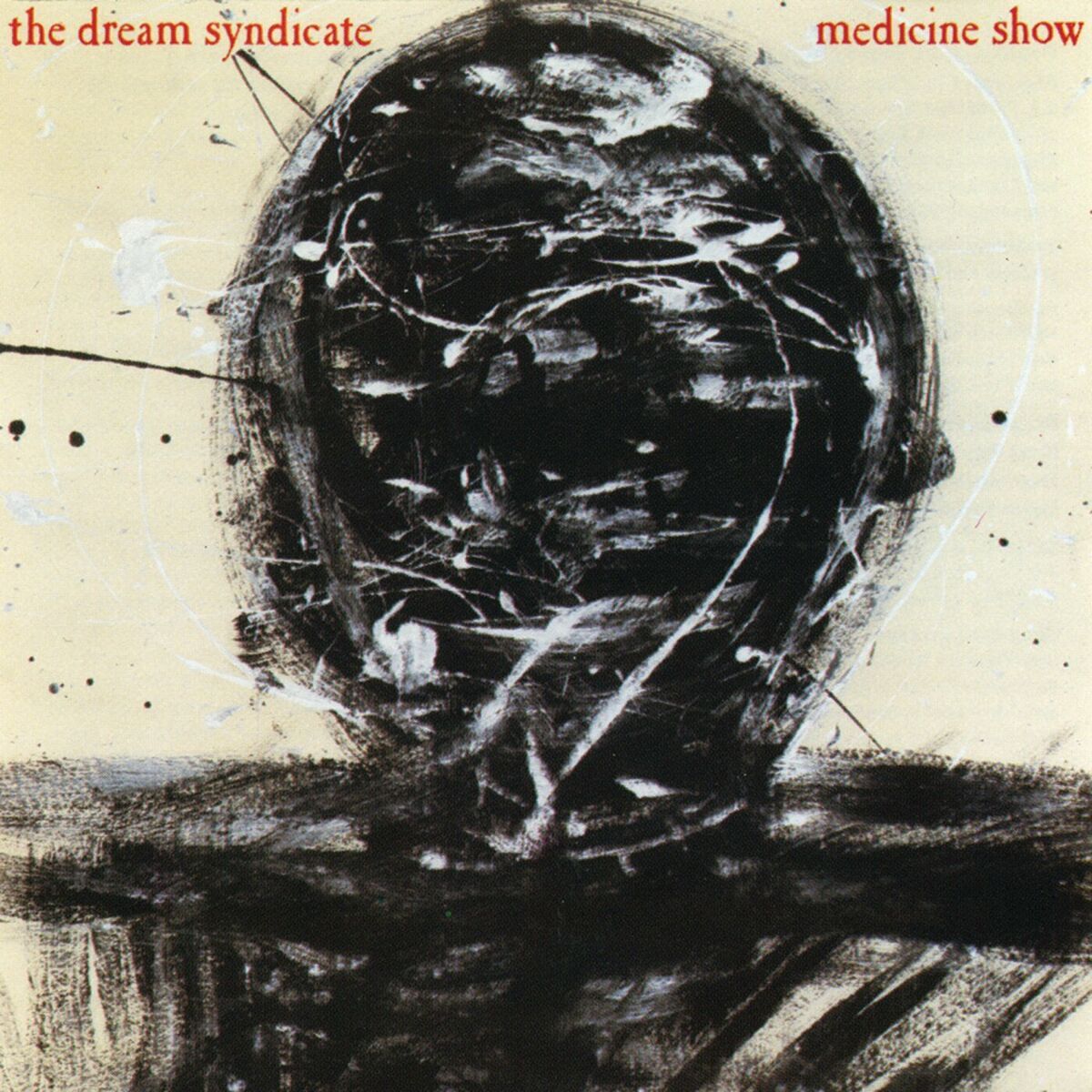
“It has some of my favorite songs I've written,” Wynn says. We all agree. It is one of the group's most beloved records, the one that made them make the leap from a small label (Slash) to a big label (A&M). It has a manic energy in certain passages. Produced by Sandy Pearlman, someone who had worked with Blue Öyster Cult, it has a more varied and powerful sound, more rock in the traditional sense. Many would put it in first place in this ranking (here I am). Recording it, however, was a long and tormented experience, especially for Wynn, who felt somehow excluded from the finalization of the sound that Pearlman and guitarist Karl Precoda took care of. The news: «After a five-year legal battle with Universal, we regained possession of the rights in the summer. In 2025 we will re-release it as a box set in a remastered version and with other tracks dating back to that same period.”
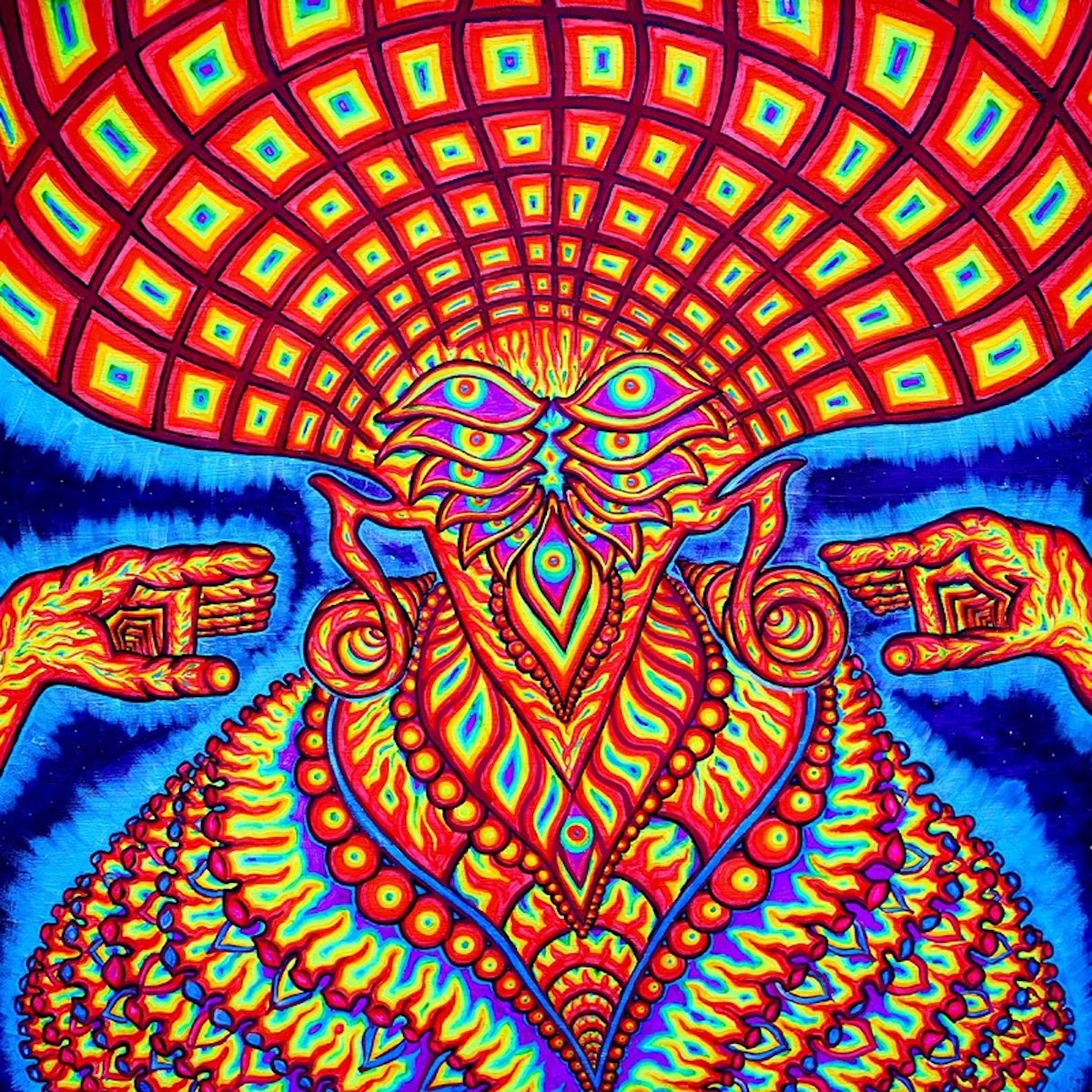
“I know this choice will be surprising,” says Steve Wynn. Indeed, not many consider the third post-reunion album better than Medicine Showbut if it's here, there's a reason. Actually, more than one. In the meantime, it's a great album and actually deserves more than the other post-reunion albums. It is perhaps the strangest of the Dream Syndicate, who to make it decide to take a single aspect of their style, improvisation and jams John Coltrane Stereo Bluestaking it to the extreme consequences, «pushing the songs beyond their rational limits, beyond exhaustion and the sense of repetition, to take them into interstellar space». Finally, for Wynn it is «the album I never thought I would make. There are albums that come out easily, effortlessly, exactly as you thought of them. This is the case of the first of the Gutterballs, by Melting in the Dark or Here Come the Miracles. And then there are records you make with a big ambitious idea in your head, an idea that you often only manage to realize 90% of and it drives you crazy because all you do is think about that missing 10%. The Universe Inside it's an ambitious record in which for once everything went as it was supposed to go. Stuff you wouldn't believe.”
The Days of Wine and Roses
1982
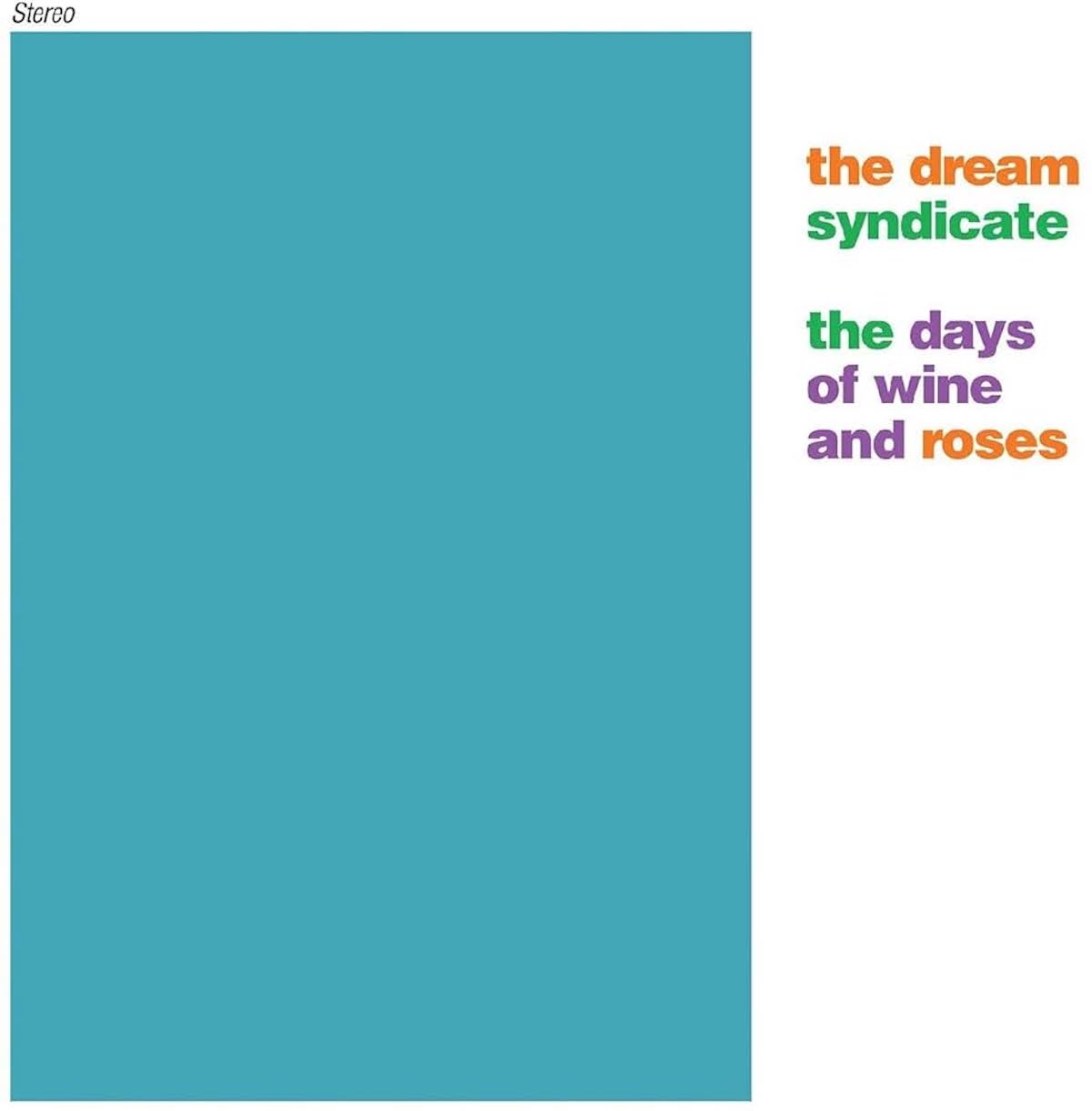
«This record changed my life. If it didn't exist, I wouldn't be here.” It's 1982 and after releasing a four-piece EP, Steve Wynn, guitarist Karl Precoda, bassist and singer Kendra Smith and drummer Dennis Duck debut with an album in which you can feel the wild spirit of post punk, but also a great sense of history. The influences are clearly evident, from Tell Me When It's Over inspired by Save It for Later by English Beat a When You Smile half stolen by the Soft Boys, passing through Velvet Underground, Fall, Black Flag, Iggy Pop, Gun Club, Bob Dylan for the title track (see Tombstone Blues). However, everything becomes distinctly personal. At the time Wynn said that in a good rock record there must be four key elements: it must be sexy, but not in a gratuitous or brazen way; it has to be fun, in the sense that the band doesn't have to take itself too seriously; you have to be a little afraid because it must represent a dangerous journey, first and foremost within yourself; it must be chaotic and unpredictable, giving the idea that everything is about to collapse at any moment. They are the elements that make it great The Days of Wine and Roses.

